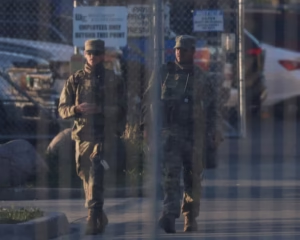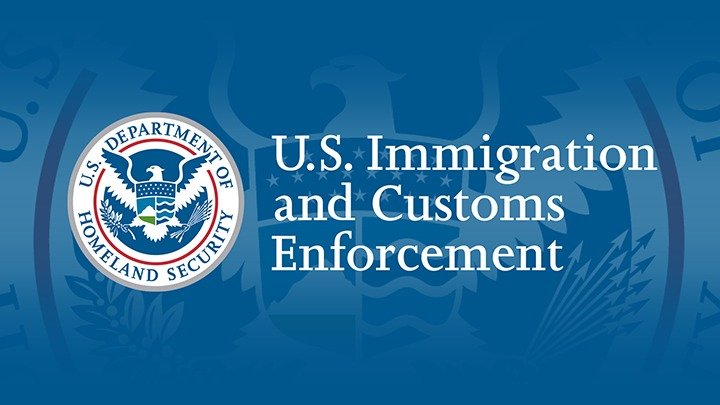ICE enforcement plays a major role in how the United States carries out its immigration policies. The agency behind this enforcement, U.S. Immigration and Customs Enforcement (ICE), operates under the Department of Homeland Security. Its core mission is to identify, arrest, detain, and remove individuals who are in the country without legal status. Over the years, ICE enforcement has become a controversial topic, raising questions about racial profiling, civil rights, and due process.
The work of ICE is divided into two primary branches. The first is Enforcement and Removal Operations (ERO), which targets people who are in the U.S. illegally. This branch focuses especially on individuals with past deportation orders or criminal convictions. The second is Homeland Security Investigations (HSI), which handles serious national and international crimes, including human trafficking, cybercrime, drug smuggling, and financial fraud. While HSI covers a wide range of criminal activity, ERO is the division most associated with ICE enforcement as seen in news reports and public debates.
ICE enforcement includes several tools and strategies. Raids are often conducted at workplaces or homes to locate undocumented individuals. Traffic stops have also been used in some cases, especially when ICE agents claim to have specific leads. Surveillance plays a large role in locating individuals, with ICE using data from DMV records, utility bills, and even social media activity. Another key method is collaboration with local police departments. Programs like 287(g) and Secure Communities allow local law enforcement to assist ICE by holding or identifying suspected undocumented immigrants.
Despite ICE’s stated focus on national security and public safety, its enforcement actions have led to repeated criticism. One of the main issues raised is racial profiling. Many reports claim ICE stops and detains people based on appearance, particularly targeting Latino and Black communities. This has resulted in cases where U.S. citizens and legal residents were wrongfully detained. These incidents raise concerns about civil rights and highlight the dangers of enforcing immigration laws based on vague or faulty information.
Another area of concern is the lack of due process during ICE enforcement. Some individuals have been detained without a proper warrant or access to legal counsel. In many cases, detainees are held in immigration detention centers for extended periods, sometimes in poor conditions. Civil rights organizations argue that these detentions violate constitutional protections, especially the Fourth Amendment, which guards against unlawful searches and seizures.
ICE also draws criticism for its role in family separations, especially at the U.S.-Mexico border. Children have been separated from their parents during enforcement actions, a practice that has faced widespread backlash from both domestic and international human rights groups. Although policy changes have been made, families continue to report fear and uncertainty over how enforcement actions are carried out.
The legal limits on ICE enforcement are clear, but they are not always followed. ICE is required to have probable cause or a judicial warrant to enter private property or make an arrest. However, reports show that ICE agents sometimes enter homes or detain individuals without these requirements. Many cities and states have responded by passing sanctuary laws, which limit cooperation between local police and ICE. These measures aim to protect the rights of immigrant communities and ensure that local law enforcement is not used to carry out federal immigration duties.
As of 2025, ICE enforcement has increased under federal directives that prioritize stricter immigration controls. While the agency claims to focus on individuals with serious criminal records, evidence shows that many people detained have no criminal history. Public calls for accountability continue to grow, with civil rights groups demanding investigations, transparency, and oversight. The future of ICE enforcement remains uncertain, as legal battles, public opinion, and shifting federal policies continue to shape how immigration law is enforced across the United States.







